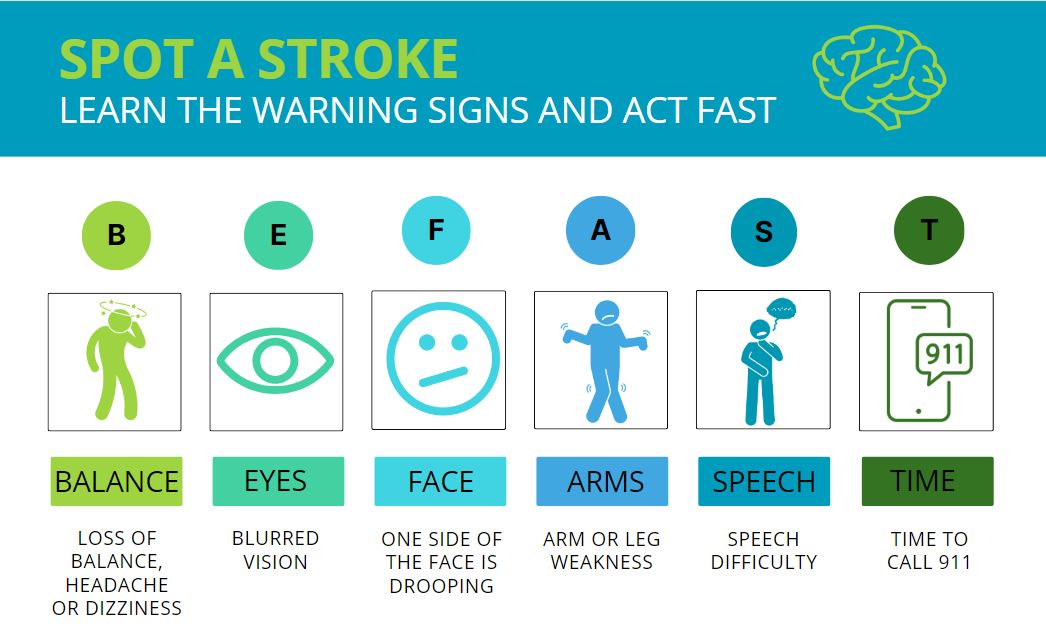Stroke
Understanding the causes, recognizing the symptoms, and knowing the available treatment options can significantly improve outcomes for stroke patients.
What is a Stroke?
A stroke, also known as a cerebrovascular accident (CVA), occurs when the blood supply to the brain is interrupted or reduced, leading to damage to brain cells. The lack of oxygen and nutrients causes brain cells to die rapidly, which can result in long-term disability or even death.
Types of Strokes
There are three main types of strokes:
- Ischemic Stroke: This type of stroke accounts for about 85% of all cases and occurs when a blood clot obstructs a blood vessel in the brain.
- Hemorrhagic Stroke: A hemorrhagic stroke happens when a blood vessel in the brain ruptures or leaks, causing bleeding into the surrounding brain tissue.
- Transient Ischemic Attack (TIA): Also known as a "mini-stroke," a TIA is a temporary disruption of blood flow to the brain, often lasting only a few minutes. While TIAs don't usually cause permanent damage, they can be a warning sign of an impending major stroke.
Causes and Risk Factors
The causes and risk factors for stroke include:
|
- High blood pressure (hypertension)
- Smoking and tobacco use
- Diabetes
- High cholesterol levels
- Obesity
- Physical inactivity
|
- Atrial fibrillation (irregular heartbeat)
- Family history of stroke
- Age (the risk increases with age)
- Gender (men are at higher risk)
- Certain medical conditions and lifestyle choices
|
Recognizing Stroke Symptoms
It's crucial to identify the signs of a stroke promptly to seek immediate medical attention. Common stroke symptoms include:
- Sudden numbness or weakness, especially on one side of the body (face, arm, or leg)
- Sudden confusion or trouble speaking or understanding speech
- Sudden difficulty seeing in one or both eyes
- Sudden severe headache with no known cause
- Sudden dizziness, loss of balance, or coordination

Diagnosing and Treating Stroke
Time is of the essence when it comes to treating stroke. The goal is to restore blood flow to the brain as quickly as possible. Diagnosing stroke involves a combination of physical exams, imaging tests (CT scan, MRI), and blood tests. Treatment options include:
Ischemic Stroke: Medications like tissue plasminogen activator (tPA) or mechanical removal of the clot with a catheter can be used.
Hemorrhagic Stroke: Surgery or endovascular procedures may be necessary to stop bleeding and repair damaged blood vessels.
Rehabilitation: Following initial treatment, stroke survivors often require rehabilitation to regain lost abilities and improve their quality of life.
Preventing Stroke
While not all strokes can be prevented, there are several strategies that can significantly reduce the risk:
- Maintaining a healthy lifestyle: Regular exercise, a balanced diet, and avoiding tobacco and excessive alcohol consumption.
- Managing underlying health conditions: Control blood pressure, cholesterol, and blood sugar levels.
- Taking prescribed medications: Follow your healthcare provider's recommendations for medications, especially if you have conditions like atrial fibrillation.
- Recognizing and managing risk factors: Be aware of your family history and take necessary precautions.
By understanding stroke and its causes, recognizing the symptoms, and adopting preventive measures, we can make a positive impact on stroke prevention and treatment. If you suspect a stroke, don't hesitate to call emergency services to ensure timely intervention. Stay informed, spread awareness, and help create a world where strokes are minimized and lives are saved.